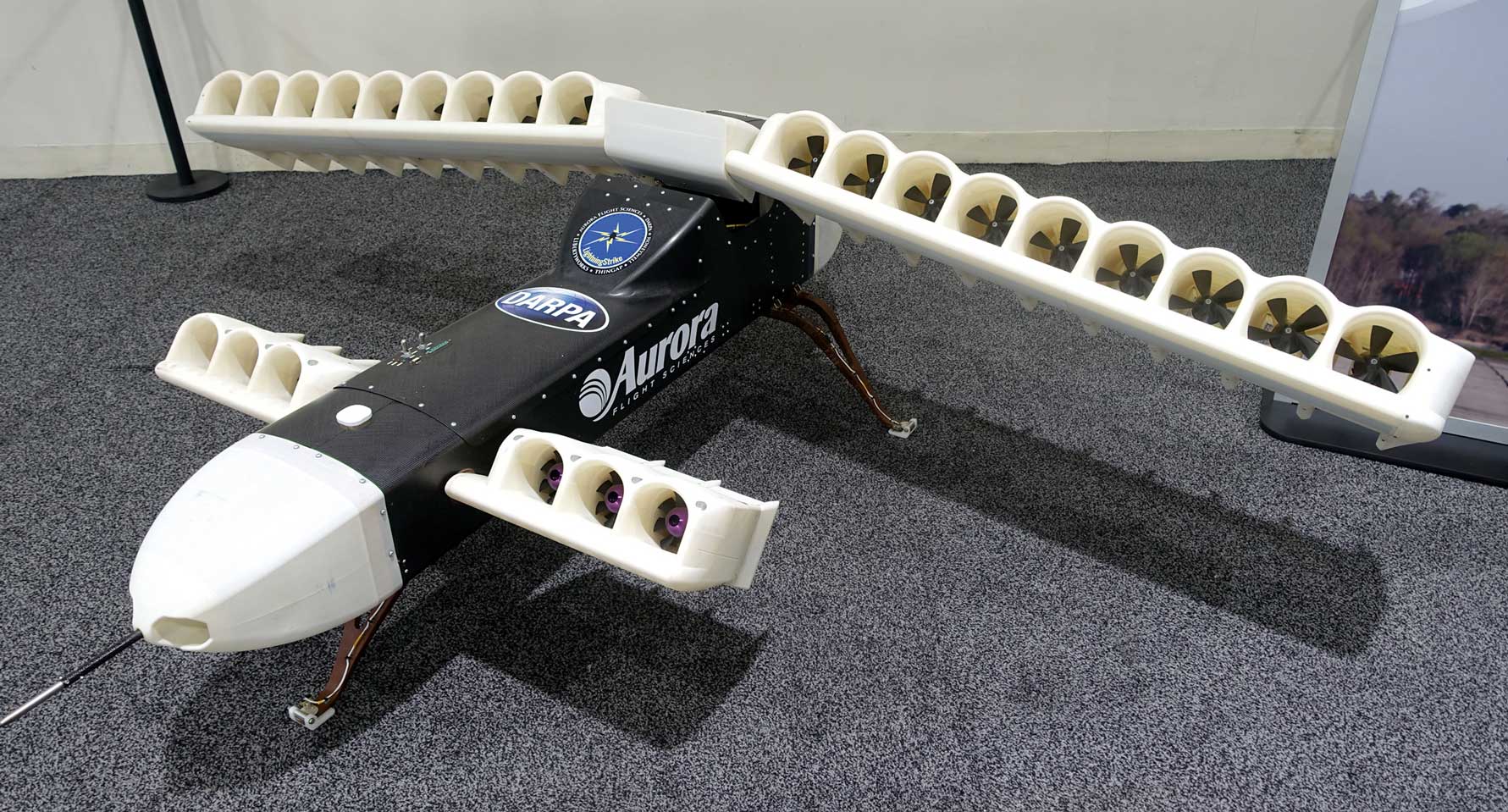Distributed Electric Propulsion and What It Means for Safety
By MS. TIFFANY L. TOLBERT, STAFF WRITER
Distributed electric propulsion (DEP) systems are based on the idea that closely integrating an aircraft’s propulsion system with its airframe and spacing multiple motors across the wing will increase efficiency, lower operating costs, and reduce carbon dioxide and other common greenhouse gas emissions.
More specifically, DEP systems use multiple electrically-driven propulsors—devices such as fans, propellors, or jets—spread about an aircraft’s mechanical structure, distributing airflows and forces generated by the propulsion system in a manner that yields a net benefit in the total efficiency of the airplane. DEP systems utilize electrically-driven propulsors connected electrically to energy sources or power-generating devices. As a result, propulsors can be arranged, sized, and operated with greater flexibility to leverage improved performance over more traditional aircraft designs.
On a DEP system, the thrust-producing propulsors (e.g., jets and fans) do not share a mechanical power transmission system with the power-producing components of the system (e.g., engines). Instead, the power-producing components can be a combination of electrical power-producing and energy storage devices (e.g., an electric generator, fuel cell, battery, and capacitor), while the thrust-producing propulsors can be any combination of devices of various sizes and types. Due to the uncoupled association between the power-producing sources and propulsors, several innovative aircraft configurations are possible if highly efficient, compact electric machines and transmission systems are employed. The careful integration of electrically driven propulsors into unique, functional configurations on aircraft can result in many other potential benefits, including:
- Decreased aircraft fuel burn.
- Increased lift performance.
- Decreased community noise during takeoffs and landings.
- Increased vehicle control (reducing the requirements for traditional control surfaces).
While integration challenges still exist, DEP can lead to unprecedented improvements in future aircraft designs. In 2020, the U.S. Air Force Research Laboratory displayed a model of a Distributed Propulsion Concept Vehicle that uses gas turbines to produce power for arrays of electric fans. This experimental aircraft design, offering benefits in terms of added redundancy performance and fuel economy, could pave the way for a newer short takeoff-capable cargo aircraft.
But what does this all mean for safety?
A high-efficiency tactical cargo plane with a DEP system, for example, can have greater range and increased fuel efficiency over existing aircraft. This advantage could reduce the demand of transferring personnel and materials for airlift and other air operations, saving time—an important element in responding to emerging threats, providing combat support, and readiness. Moreover, a DEP-equipped cargo plan could prove valuable in future expeditionary and distributed operations, especially in areas where access to established airfields with robust infrastructure may be limited due to enemy strikes. Similarly, a DEP configuration that affords short-field performance could provide for operations in even more austere locations, and the reduction in acoustic noise that a DEP system can provide would be beneficial to reducing the vulnerability of the aircraft and, in turn, the threat to Airman safety.

